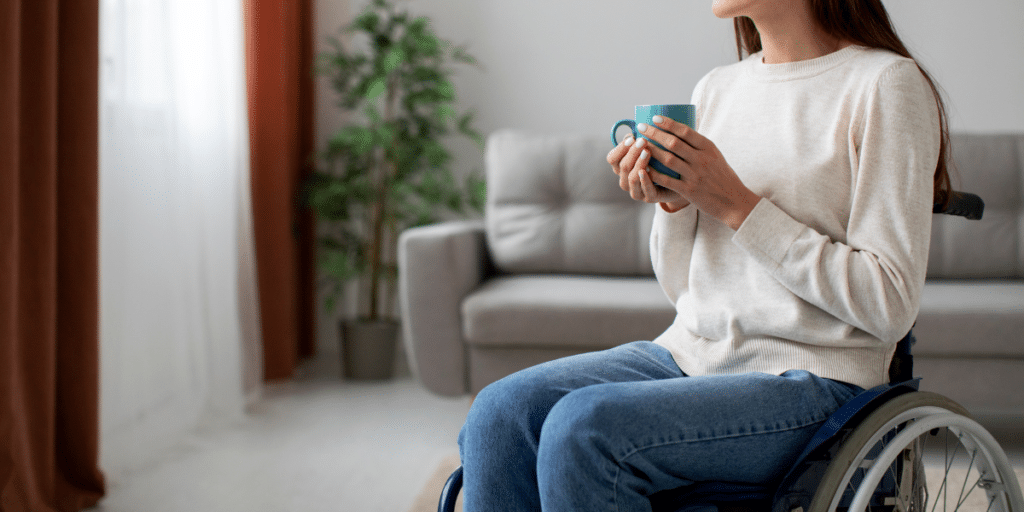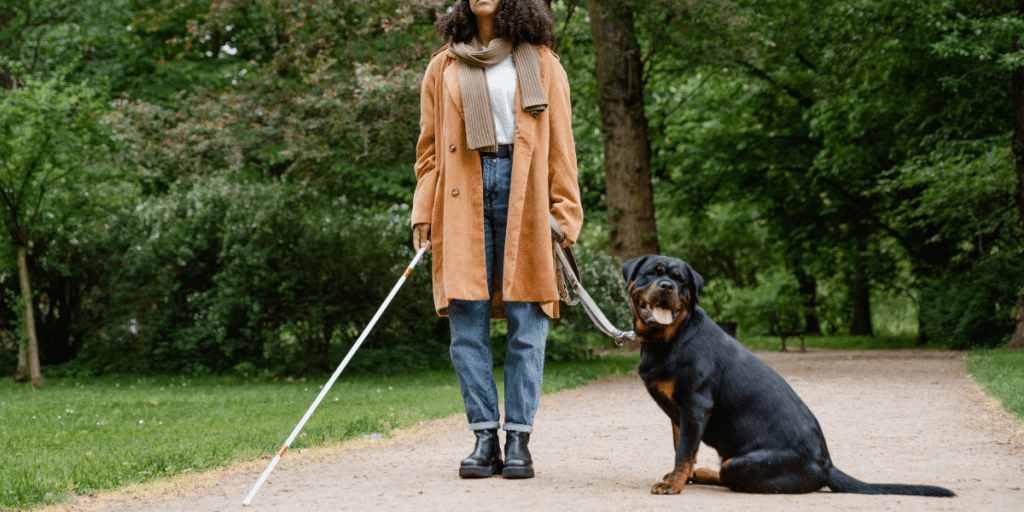Blog Category: SDA
SDA Housing – Your Complete Guide
Published - 08/03/2023
Author - Enliven Housing
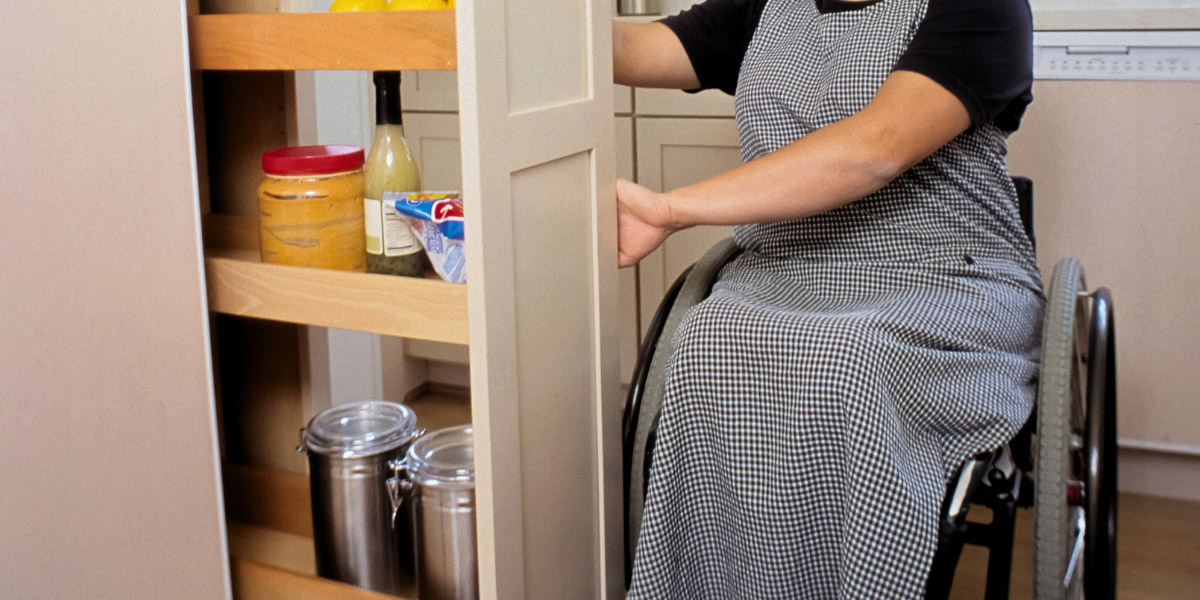
Looking into Specialist Disability Accommodation (SDA) housing can be overwhelming. With so much to consider, it can be tricky to know where to start. Fortunately, our SDA housing Guide is here to help.
This guide will provide you with everything you need to know about SDA housing, from eligibility requirements, and different types of housing, to the funding options available. So, if you’re looking for a valuable resource to help you get started on your SDA housing journey, you’ve come to the right place.
Quick links:
- What is SDA housing?
- The Benefits of SDA Housing
- What are the different SDA housing categories?
- SDA eligibility criteria
What is SDA housing?
Specialist Disability Accommodation (SDA) housing can range from houses, apartments, and other types of dwellings that have been specially designed for people with extreme functional impairment and/or very high support needs. SDA provides options for specialised living environments necessary to address their needs.
Although, it’s important to realise that just because you’re part of the National Disability Insurance Scheme (NDIS), doesn’t mean you’re necessarily eligible for SDA housing funding.
SDA housing can be fitted out with specialised features, designs, and a range of assistive technologies (that you are eligible for as approved by the NDIS), that help individuals with a disability live as independently and safely in their own homes as possible.
Examples of SDA housing features include wider doorframes, large accessible bathrooms, open plan living, and provision for automation depending on the design category an apartment is designed to. Flexibility is built to enable customisation of an apartment to meet individual needs.
AT is generally funded separately by the NDIA where a participant lives alone, so whilst there is provision for a hoist to be installed a hoist is not supplied by the provider within single occupancy apartments.
The Benefits of SDA Housing
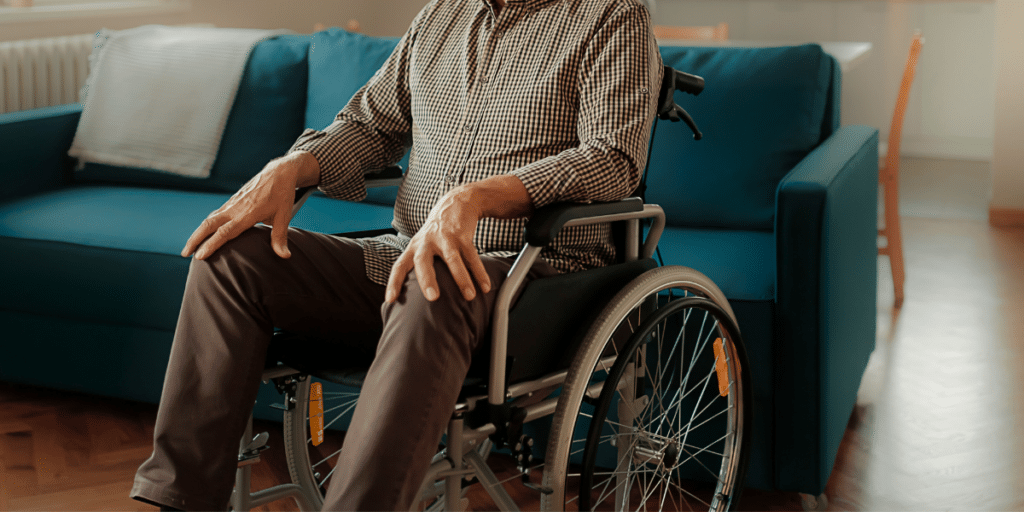
There are a number of benefits that come with SDA housing. Some of these include:
- Independence for the participant and their family members
- Increased access to support, unplanned and planned
- More conducive to establishing a positive routine
- Housing that’s accessible and tailored to your needs
Independence
Living independently is an amazing opportunity for people with a disability to take back control of their lives. With SDA housing, you can make informed decisions about your daily routine and lifestyle choices. You have the freedom to choose how you want to spend your time and who you want to socialise with. SDA housing is the perfect way to gain independence.
Support network
Some SDA housing providers, like Enliven Housing, work collaboratively with support providers to ensure all its tenants have the best level of access to shared onsite support for emergency and unplanned support. Our current model incorporates between 10 –14 SDA apartments in each building and one additional apartment for onsite Support Hub for the support provider to operate out of. This model promotes independence, enables easy access to support, and is conducive to creating a sense of community among fellow tenants in the building. This is what is referred to as OOA.
Community Cooperative with Enliven Housing
The primary goal of the Community Cooperative model is to protect the rights of individuals with disability, treating them with dignity and respect. When you become a resident of an Enliven Housing apartment, you become part of a community where everyone voluntarily contributes to the cost of onsite support alongside other tenants. This ensures that your NDIS funding is utilised as efficiently and effectively as possible.
Our Community Cooperatives provide unique opportunities in the realm of housing cooperatives and real estate. They are shaped by the tenants themselves, reflecting their interests, needs and desires. Being a part of the Community Cooperative means that you actively participate in the collective decision-making processes that govern the community.
For more information, please visit our Community Cooperative page.
What are the different SDA housing categories?
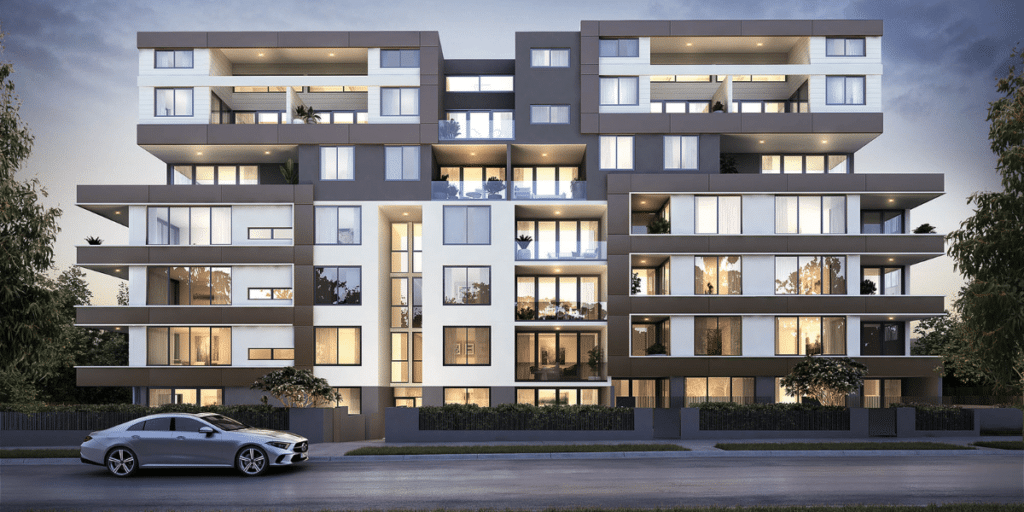
When it comes to SDA housing, there are five distinct SDA design categories:
- Basic
- Improved Liveability
- Fully Accessible
- High Physical Support
- Robust
Basic
The SDA Basic design category incorporates legacy disability housing that doesn’t meet the NDIS specialist disability accommodation (SDA) design standard requirements under the NDIS and can also be referred to as Legacy funding. This type of SDA housing is no longer being built, and participants looking to leave property under this design are often eligible for the new build design categories. If Housing for you was funded under this category and you are looking to move, you will need to submit a request to the NDIS to change your funding.
Improved Liveability
Improved Liveability SDA is designed for people who have sensory, intellectual, or cognitive impairment. These properties are designed to not only make it easy to manoeuvre through the property, but the doorways, handles, and switches are all clearly visible to allow for seamless access.
Fully Accessible
Fully Accessible SDA is specially designed for people with significant physical impairment. Wheelchair users will benefit from this design category as there are no steps in a Fully Accessible home. The doorways are wide, and the bathroom and kitchen are made to be used by people either in a seated or standing position. Plus, if you need it (and it is funded under the NDIS), you can automate the doors, lights, and blinds.
High Physical Support
High Physical Support SDA housing has been specifically designed to ensure those with significant physical impairments and critical needs can access it effortlessly.
This type of SDA home has all the amenities of a Fully Accessible SDA with additional features including provision for hoist if required and a backup UPS (Uninterruptible Power Supply) for important equipment when there is a power outage. Provisioning for AT in this category is more extensive, and you will be able to apply to have voice or remote-controlled doors, lights, and heating.
Robust
Robust SDA is for those who could cause harm to the property, themselves, or those around them. With strong walls, windows, and secure doors, this type of SDA design category offers soundproofing to protect both the occupant’s privacy and that of their neighbours. Robust properties will also include provisioning for some of the more common restrictive practices required under this category, such as lockable cabinets and break-out spaces.
SDA eligibility criteria
You may be wondering if you’re eligible for (SDA).
The National Disability Insurance Scheme (NDIS) will only fund SDA if it is the best option for your support needs when compared to other supports alone. This type of accommodation is specifically designed to work with other funded supports to help meet your daily needs.
When considering eligibility for SDA housing, the NDIS will look at your functional impairment and level of support needs. They might also ask for additional information from an allied health professional in support of your application.
You will still be eligible if you were already living in an SDA housing when you became an NDIS participant, such as Basic. You may need to apply for a change of circumstance when your situation has changed, and your plan no longer meets your SDA support needs. For example, your function has changed, and you require access to a higher design category, from Improved Liveability to Fully Accessible or High Physical Support.
If you want to know more about your eligibility, try our SDA eligibility calculator to point you in the right direction – it takes less than 60 seconds.
What is an SDA payment?
When an NDIS participant is deemed eligible for SDA, funding for the SDA is incorporated into their NDIS plan (SDA Payment). The SDA payment covers the cost to supply the housing, or the bricks and mortar. The funding amount incorporated in the NDIS plan will depend on the type of housing, their assessed shared support needs, accessibility, and location required by the individual. The SDA payment is paid directly to the SDA Provider via a Service Booking, per the agreement that is signed by the participant.
The SDA payment amount will depend on a variety of factors such as the type of housing, its accessibility and where it is located.
What to look for with SDA Housing
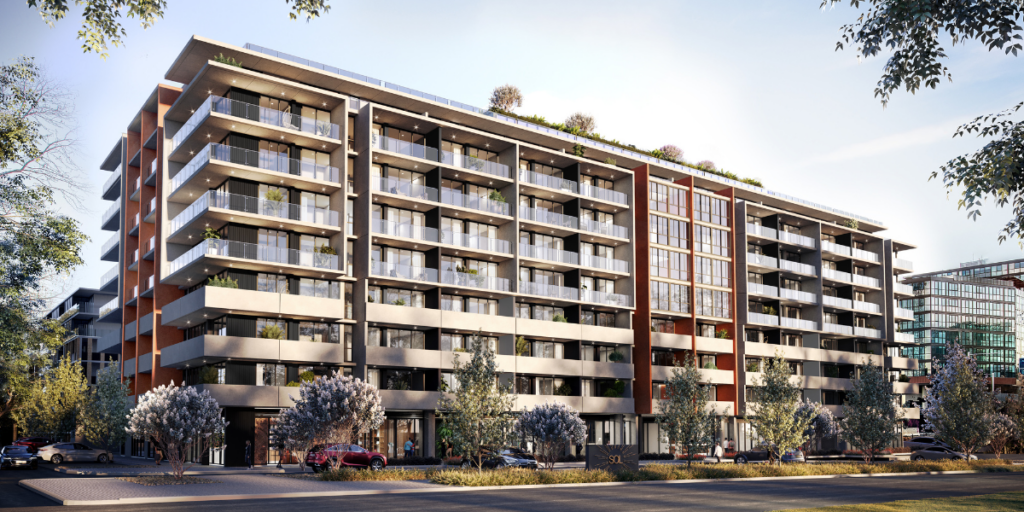
For you to live in SDA housing, it’s important to know what to look for. Here are some tips to get started:
- The SDA provider must be registered with and by the NDIS.
- The SDA provider must also manage potential or actual conflicts of interest, and ensure they act in your best interests and provide you with the necessary information to make informed decisions on your housing.
- The property must be registered with the NDIS as an SDA.
- The property must satisfy the appropriate SDA design criteria.
- The property must match the type, design features and location that are outlined in your NDIS Plan. But you have the choice of living in a Fully Accessible SDA housing when funded for High Physical Support and vice versa.
- The location needs to be somewhere you can access your formal and informal supports.
- The property needs to suit your needs.
Your SDA provider will work with you to form a contract outlining the type, quality and price of the housing supports, including any ‘terms and conditions’. This is known as a tenancy or occupancy agreement. SDA payments will also be included in this agreement.
Tenancy and service agreements
When you become a tenant with an SDA provider, you’ll enter into a service agreement known as a tenancy or occupancy agreement.
You will likely need to enter into a separate service agreement with the support provider specifically detailing the housing supports on offer.
How much rent will I pay?
You’ll still have to make a ‘reasonable rent contribution’ – this is 25% of your Disability Support Pension, plus 25% of your Pension Supplement and 100% of Commonwealth Rent Assistance or equivalent.
Living with Enliven

At Enliven Housing, we understand that living with a disability can be challenging. That’s why we have a unique disability housing model designed to help you live independently with the support you need.
Our disability housing apartments are located throughout Australia, in cities such as Sydney, Melbourne, Canberra, Adelaide and Perth. Our SDA apartments are situated close to transport, medical facilities, shopping centres, and entertainment, so you can live in a desirable area with great amenities nearby.
Our apartments are a combination of Improved Liveability, Fully Accessible, and High Physical Support design categories.
We understand that everyone has different needs, so our disability housing model is tailored to you. With our SDA apartments and additional onsite Support Hub, we can help you live more independently with the support you need.
What is Supported Independent Living (SIL)?
Support and daily living services are offered to a certain group of participants to help them become more independent and build their individual capabilities. This type of support is known as Supported Independent Living (SIL), and it aims to empower people to be independent by helping them develop their personal skills.
The difference between SIL and SDA.
Your SDA funding will pay for the actual property or the ‘bricks and mortar’, while the SIL or ILO (Individual Living Options) funding will pay for the people who give you support.
Both services are accessible separately or together; SDA housing isn’t a requirement for receiving SIL assistance.
Supports in SDA
While SIL is a very common line item for support, it is not a requirement in some SDA apartment models, like Enliven. The NDIS recognises a 10:1 Apartment support for onsite ad-hoc assistance as a stated support under Core Supports, and additional 1:1 supports are funded through Core. Depending on funding, this may include a creative combination of SIL, Core, and Stated Supports.
Hopefully, this guide has been helpful to you but if you’re still unsure about SDA housing or need help with eligibility, call us and have a conversation with one of our SDA housing specialists.

Speak to our team
Related Blog Posts
How are SDA Apartments different from other disability housing?
This guide will help you understand the differences between SDA apartments and other types of disability housing.
Things to think about before moving to disability housing
We understand that moving can be overwhelming, so here are some practical tips to turn your dream of independent living into a reality.
